Military grade foam is used in the military as well as homeland security, aerospace and defense. Typically, military foam is used for applications like: military equipment packaging such protective cases and foam inserts. They also provide support to military aviation via: shock absorption, wing stiffening, fuel tank protection and noise elimination. Read More…
The applications for foam fabricating are only limited by one’s imagination; that is our slogan at American Excelsior. We are a foam supplier who offers many different foam cushions & foam padding for over a dozen industries.

Since 1992, Flextech has delivered innovative, custom engineered foam solutions. We combine our engineering and design services with our unique foam lamination, fabrication, and thermoforming capabilities, to provide quality foam components to a diverse customer base. Our customers include OEM’s in the medical, industrial, military, aerospace and consumer products markets. We invite you to...
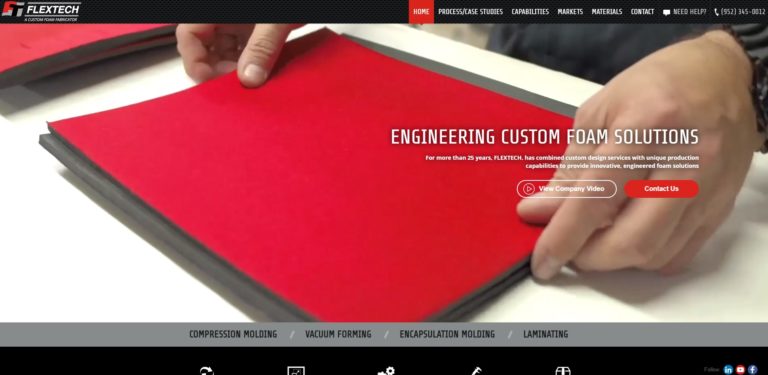
Deluxe Packaging works hard to always create cost-effective solutions and services for our clients better than anyone else. We offer a full array of high quality products, including polyurethane foam, polystyrene foam, and polyethylene foam. Our products are customizable to match a product’s fragility and size. Deluxe Packaging is your complete packaging solution provider for all of your...

Here at Thrust Industries we provide die cut foam that comes in a variety of shapes and configurations. We die cut foam from a number of materials including: urethane, PVC, polyester, neoprene, ether, cellular, volara, and much more.

At Melmat, Inc., we specialize in custom foam fabricating solutions designed to meet the diverse needs of industries requiring reliable protective packaging, cushioning, and insulation. With decades of experience, we take pride in engineering foam products that balance precision, durability, and performance.

More Military Foam Companies
Military foam products are instrumental to keeping sensitive equipment, weapons systems and tools safe and secure. They do so by providing cushioning, acoustic control and vibration dampening, and preventing jostling. If fabricators fabricate them to do so, military foam parts can even offer flame retardancy.
Some of the materials used most often when compression molding foam include: PVC foams, cross-linked polyethylene foams, open cell urethane foams and ethyl vinyl acetate (EVA) foams. Composite foams are also available; these feature other materials, like: pressure-sensitive adhesives, polyolefin films, woven fabrics and medical grade coatings. Compression molded foams such as these offer a variety of advantages, such as (depending on their composition): insulation, impact resistance, vibration resistance, flame retardance, chemical resistance, tensile strength and sterility. Some foams can even be designed to meet FDA or Mil-Spec standards.
Compression molding foam is great way to go for many reasons. First, because the process is so simple, it is relatively inexpensive. In addition, it does not require much, if any, secondary tooling. That’s because it does not produce waste like sprues or runners. Third, compression molding foam is suitable for very large parts that require intricacies. To learn more about compression molding foam, and if this process is right for you, reach out to a trusted parts fabricator. Use the company names and profiles we’ve provided on this page to guide you.



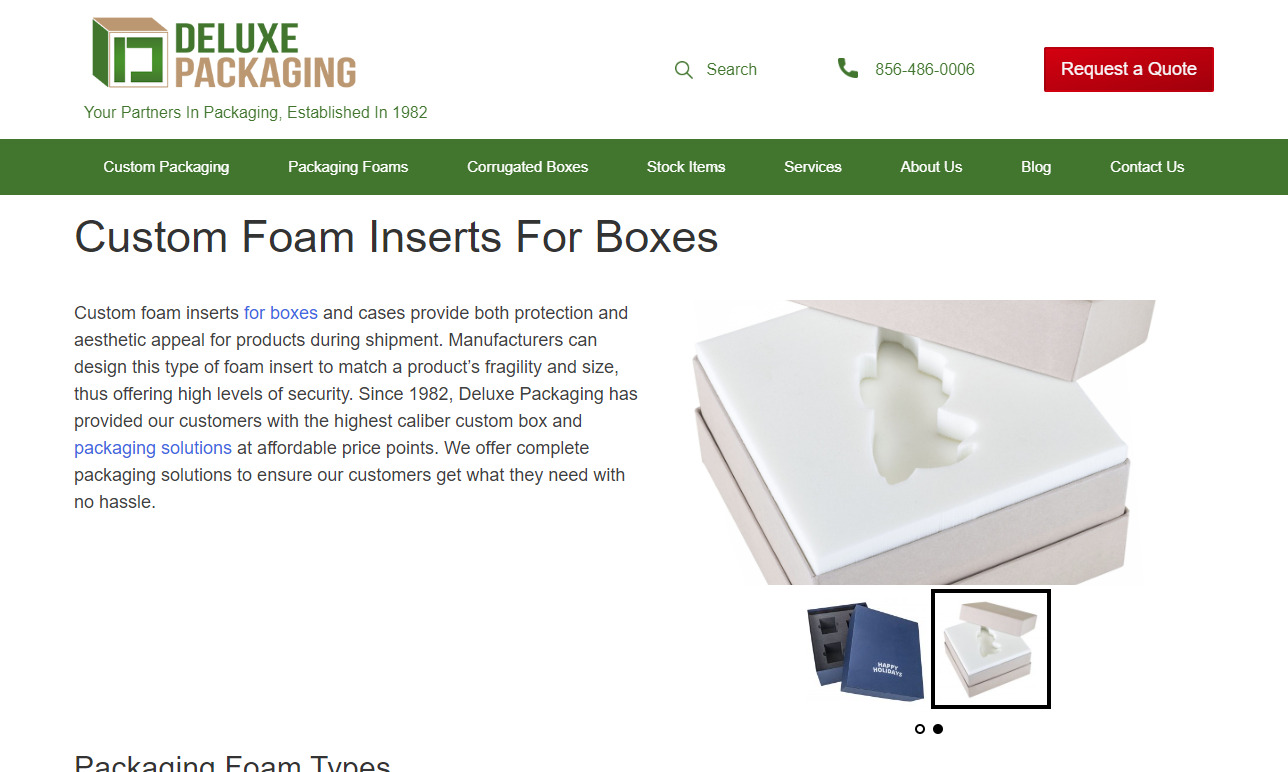


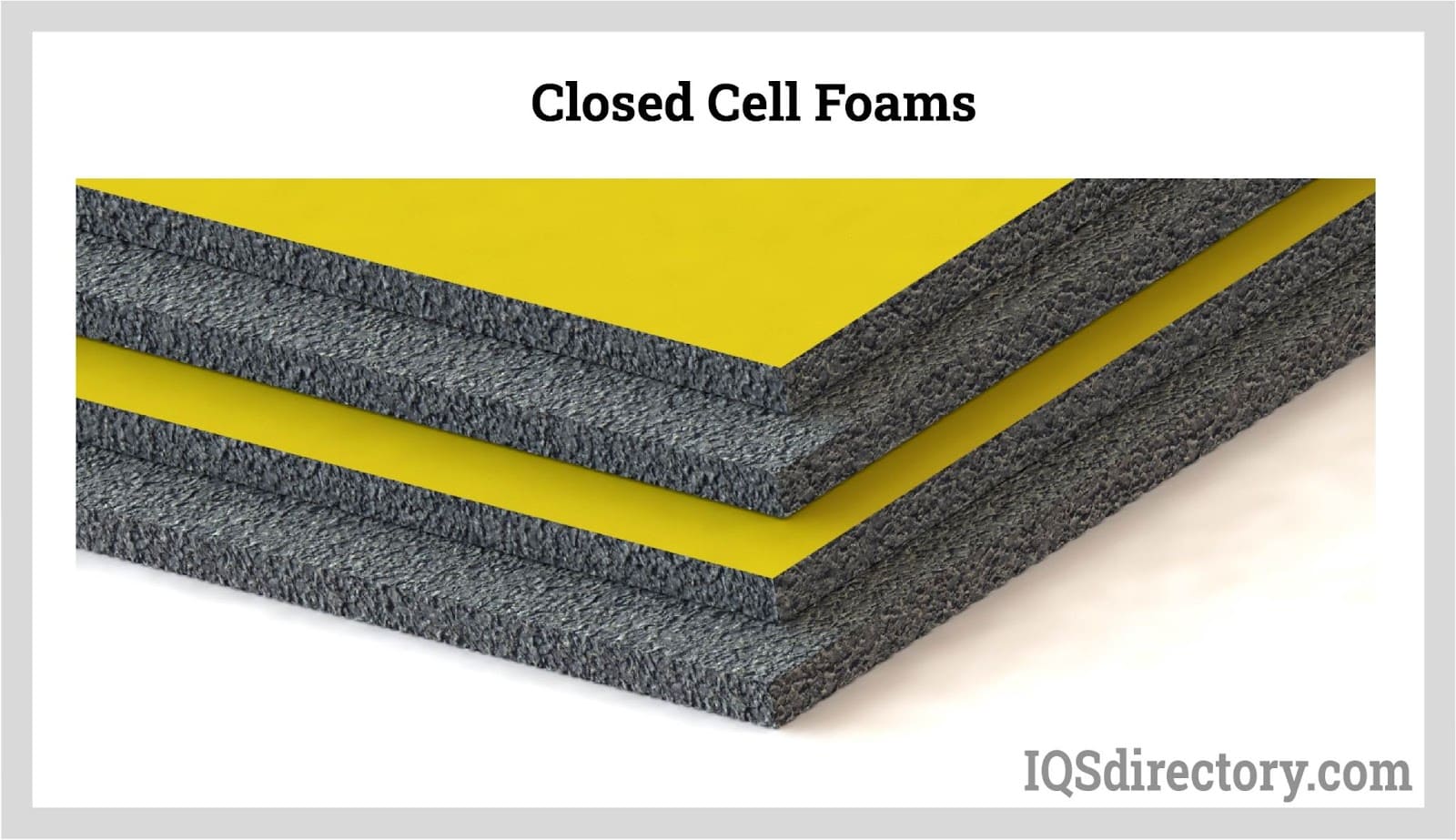
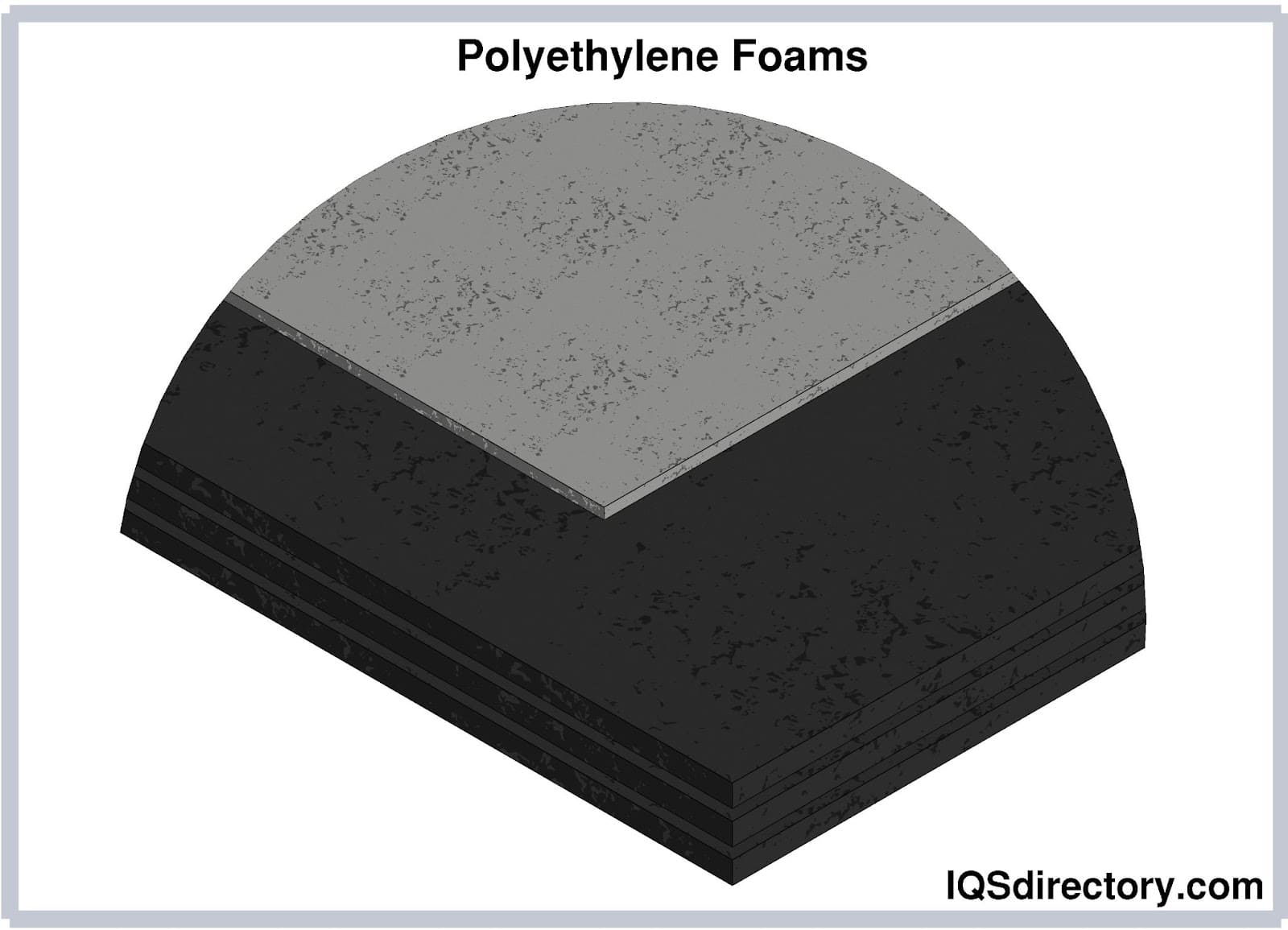

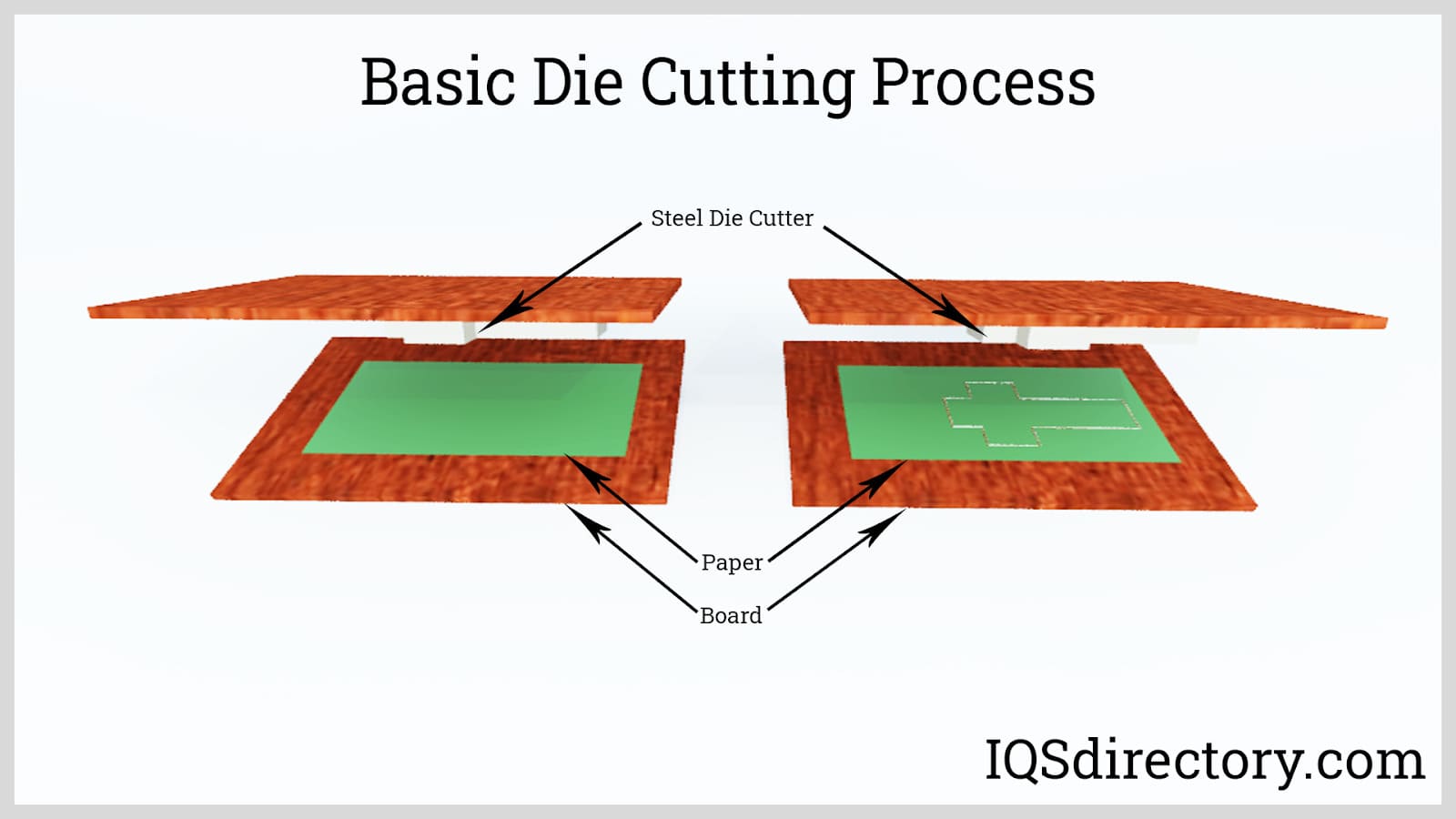
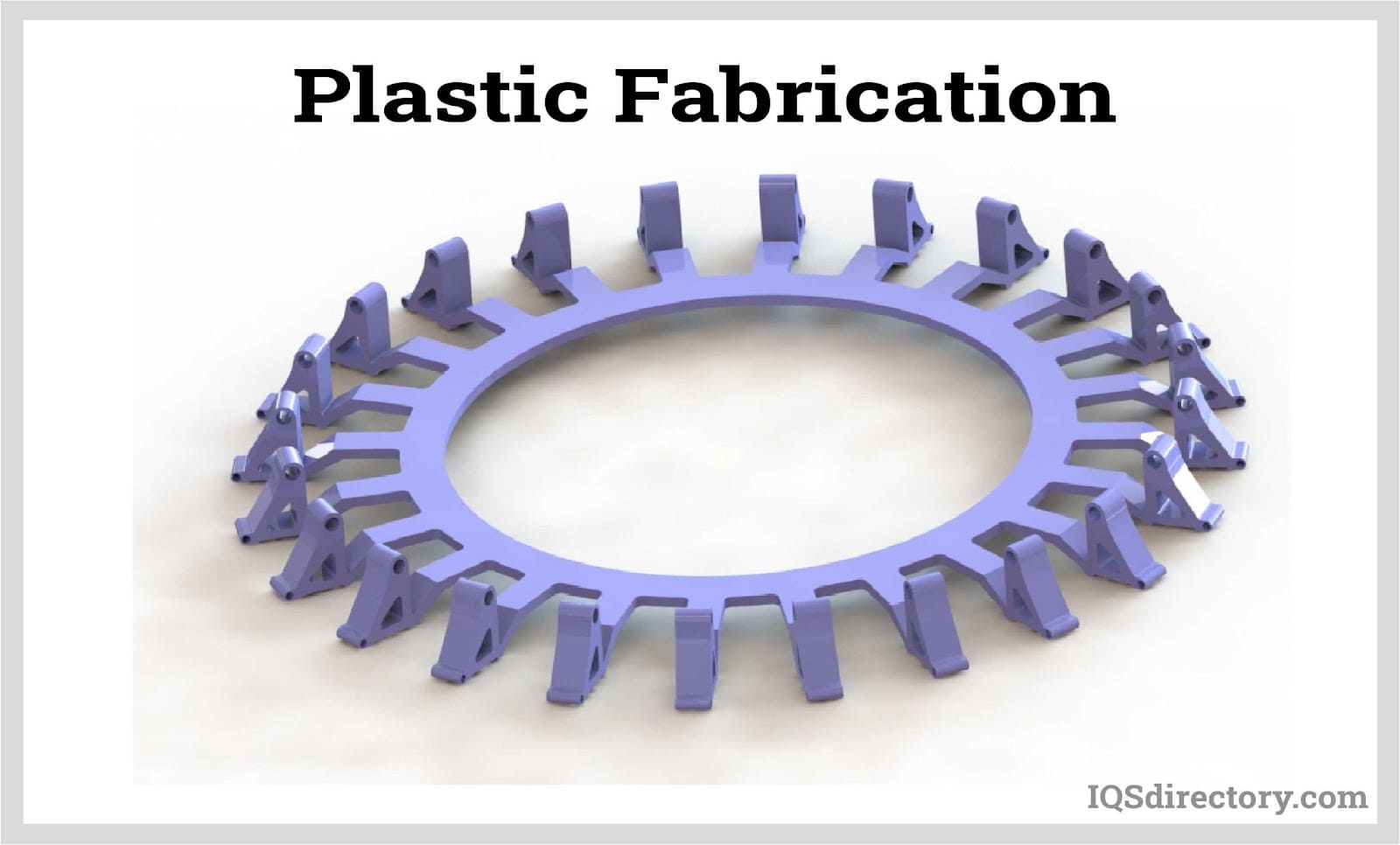
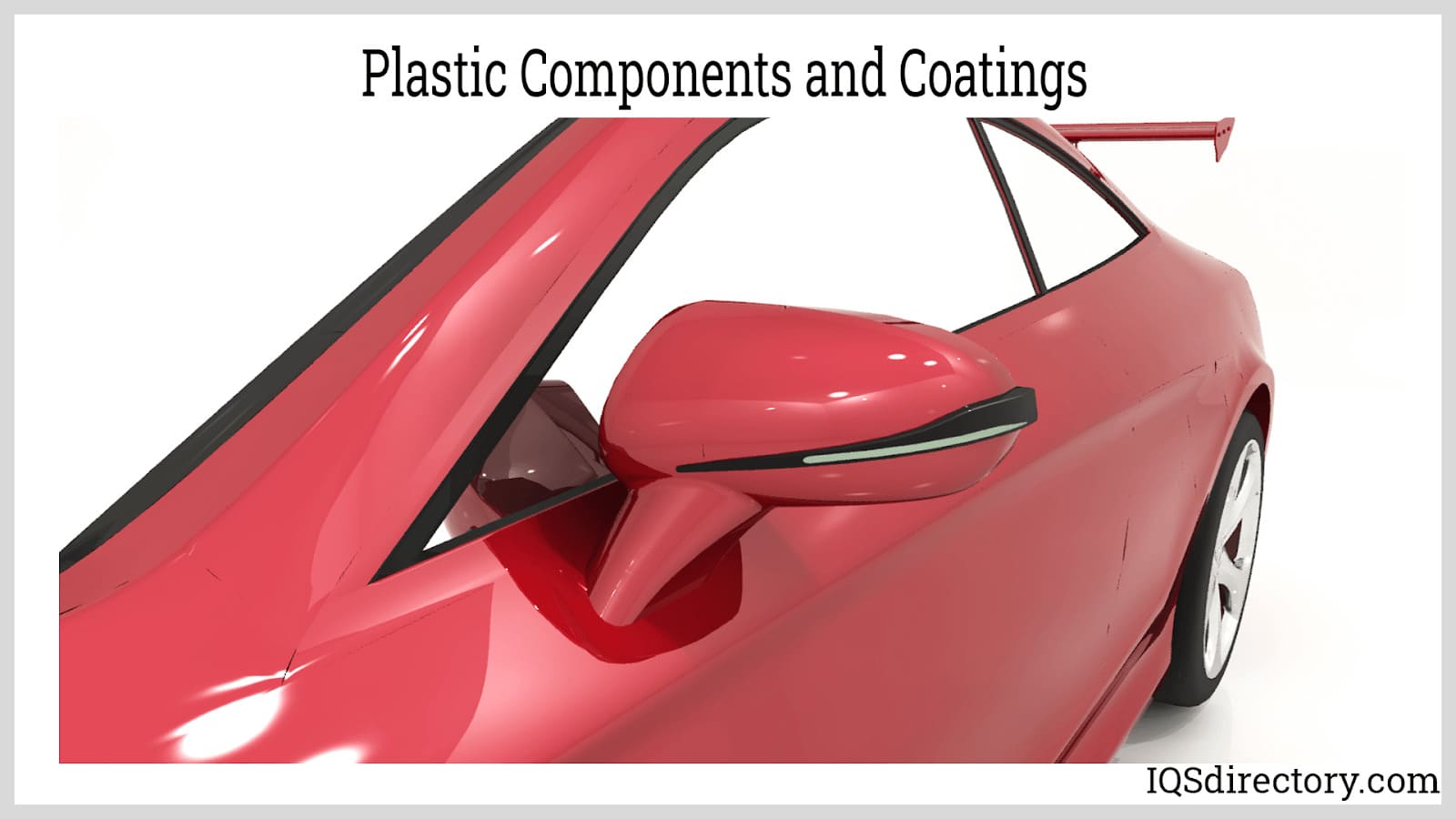
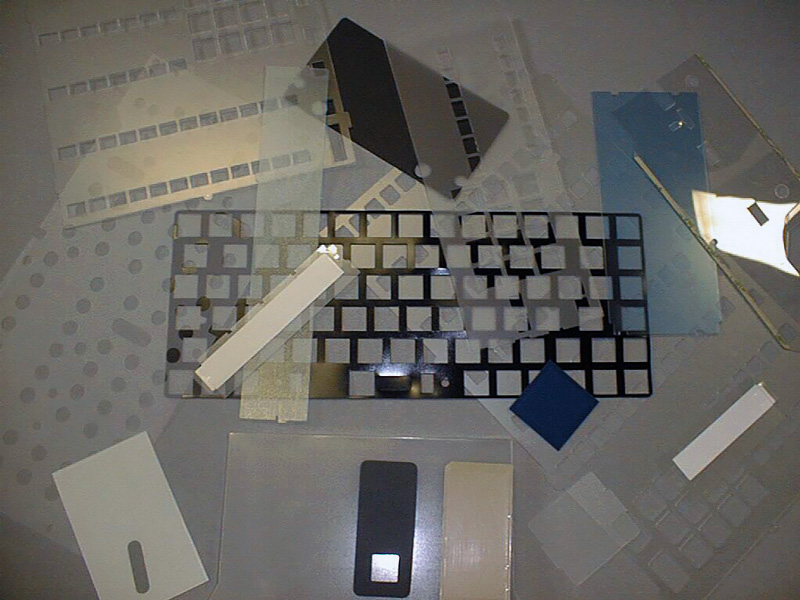 Die Cutting
Die Cutting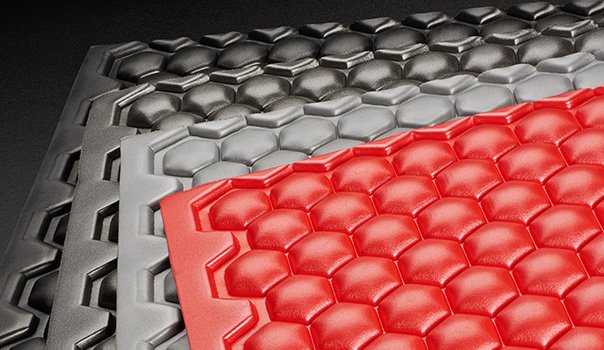 Foam Fab
Foam Fab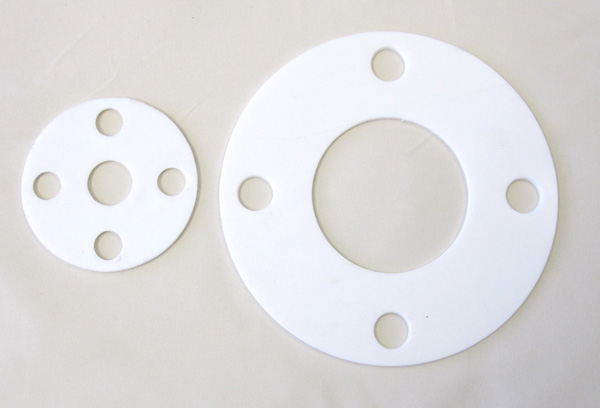 Gaskets
Gaskets O-rings
O-rings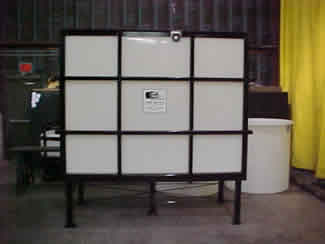 Plastic Fabricators
Plastic Fabricators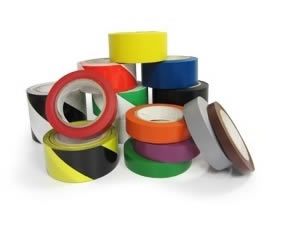 Tape Suppliers
Tape Suppliers Castings & Forgings
Castings & Forgings Bulk Material Handling
Bulk Material Handling Electrical & Electronic Components
Electrical & Electronic Components Flow Instrumentation
Flow Instrumentation Hardware
Hardware Material Handling Equipment
Material Handling Equipment Metal Cutting Services
Metal Cutting Services Metal Forming Services
Metal Forming Services Metal Suppliers
Metal Suppliers Motion Control Products
Motion Control Products Plant & Facility Equipment
Plant & Facility Equipment Plant & Facility Supplies
Plant & Facility Supplies Plastic Molding Processes
Plastic Molding Processes Pumps & Valves
Pumps & Valves Recycling Equipment
Recycling Equipment Rubber Products & Services
Rubber Products & Services